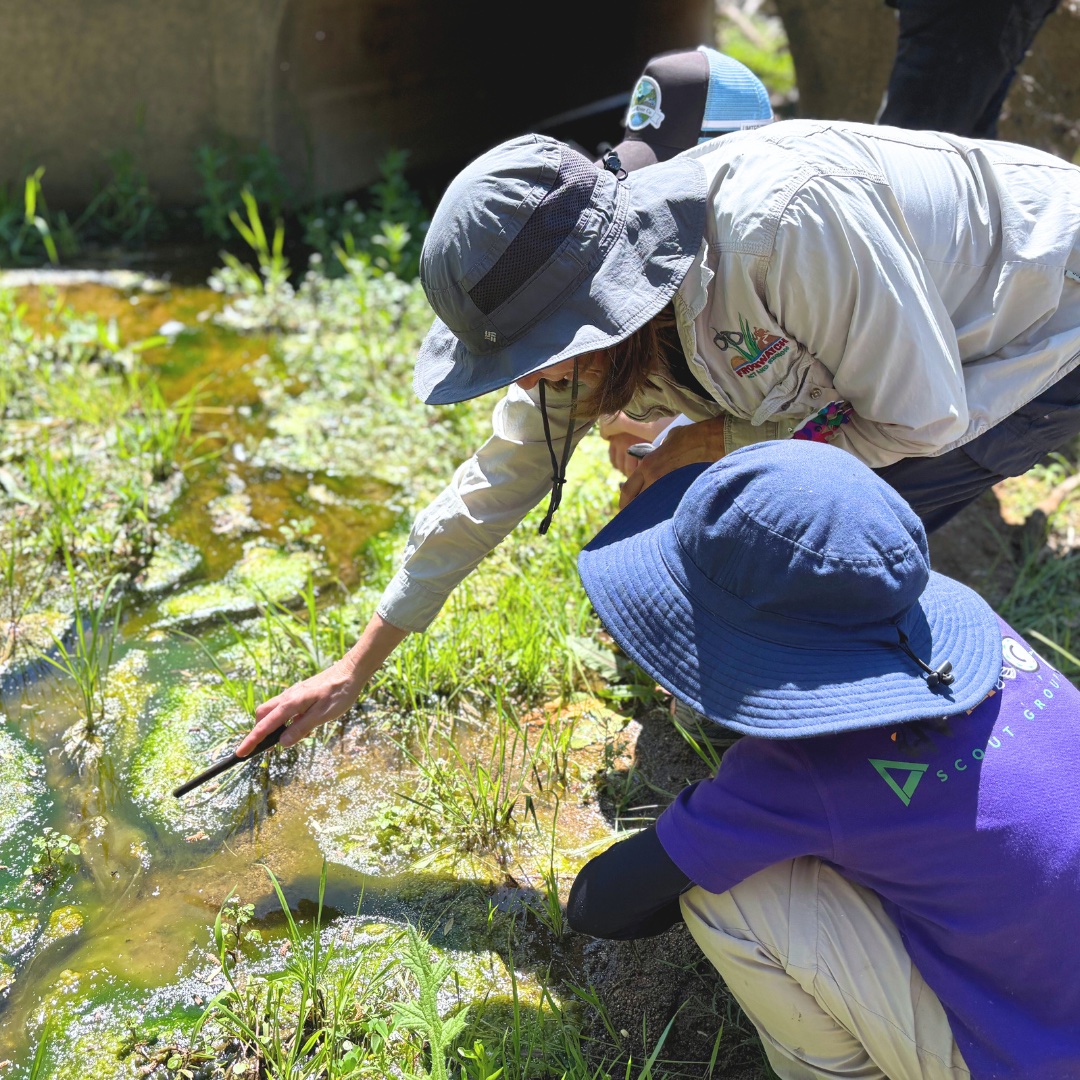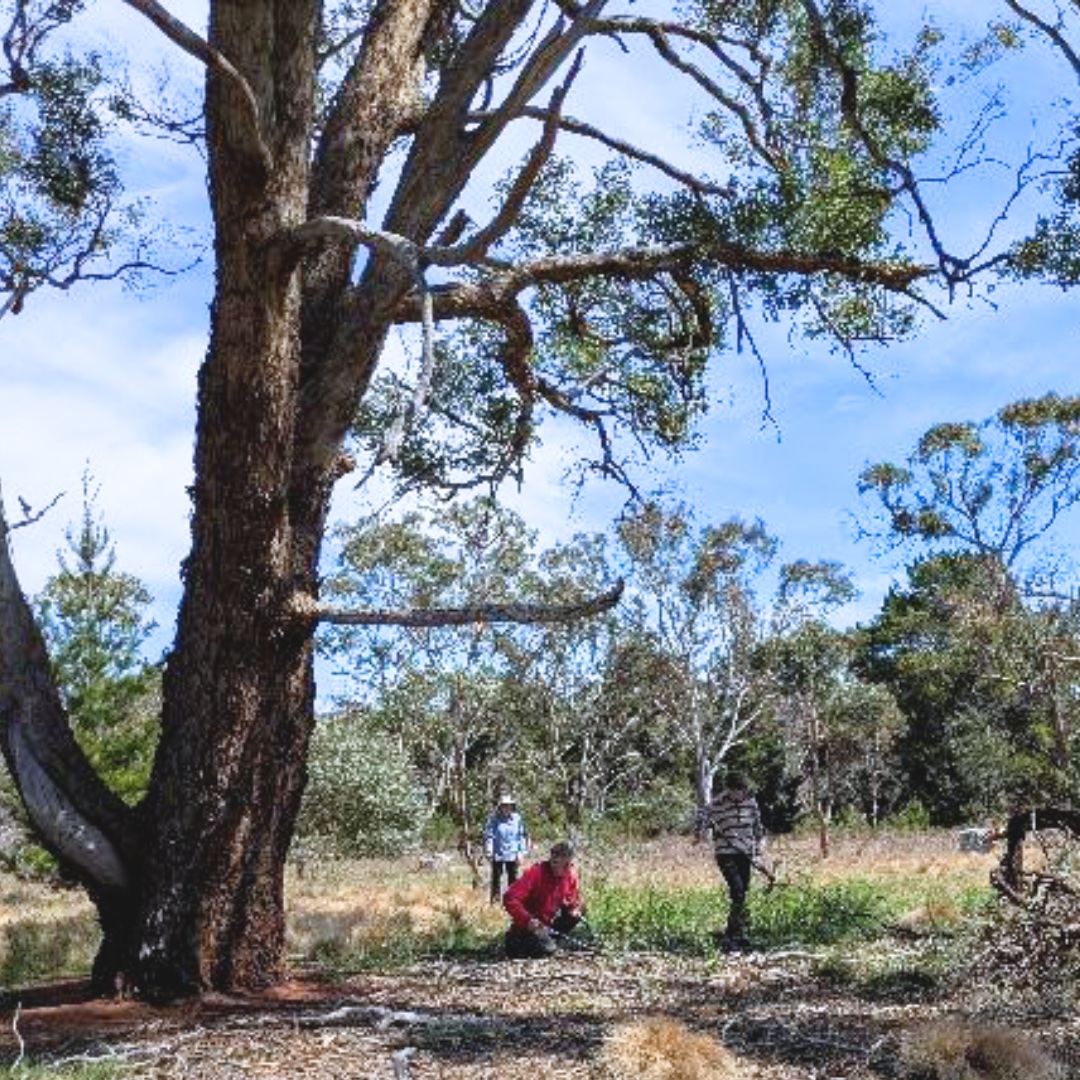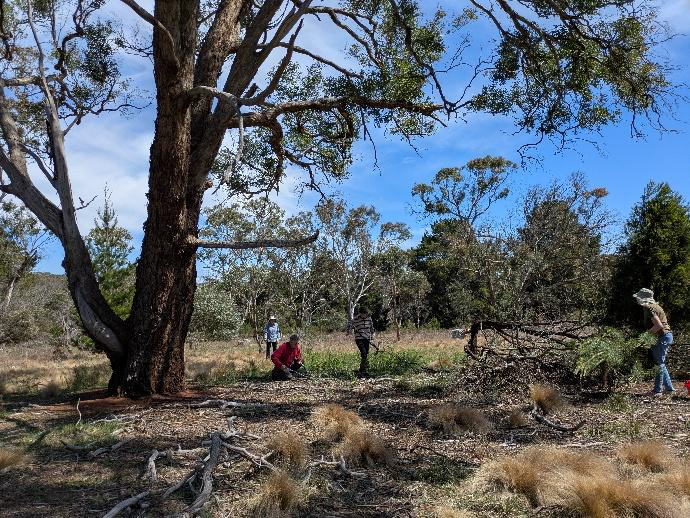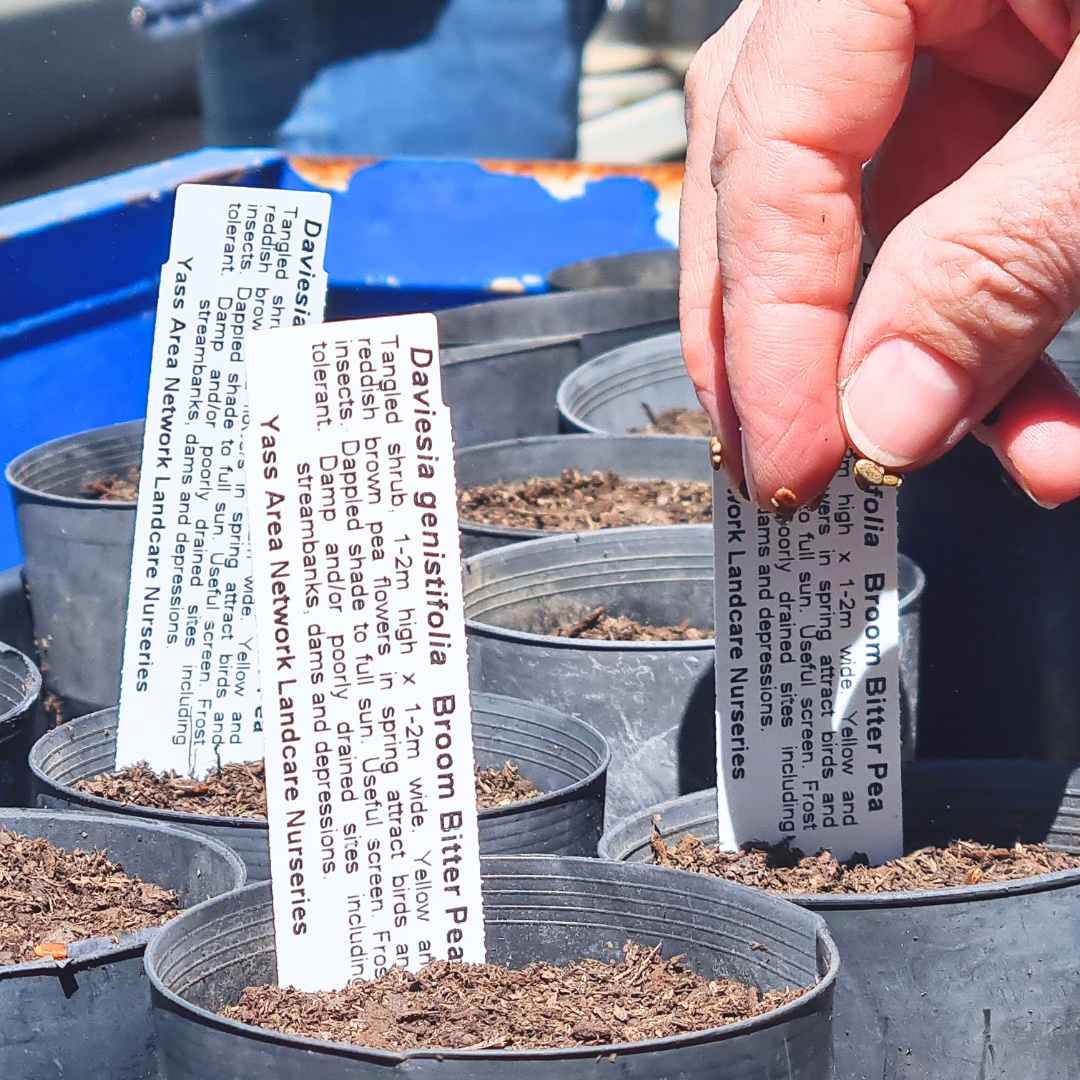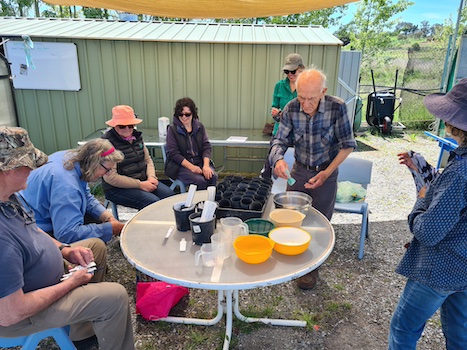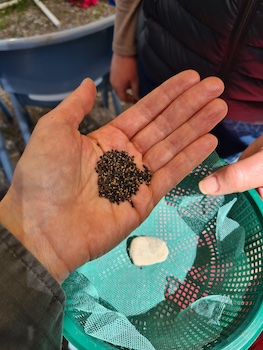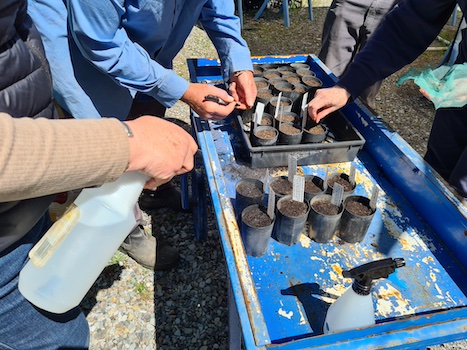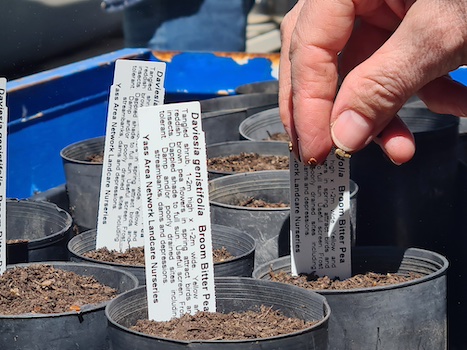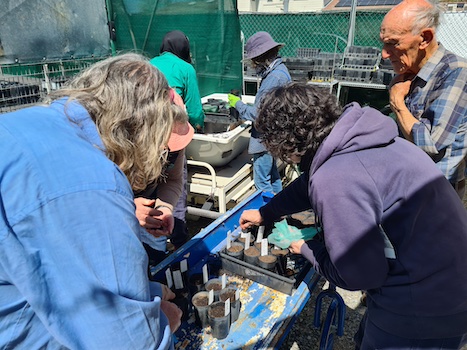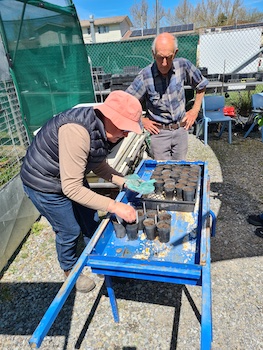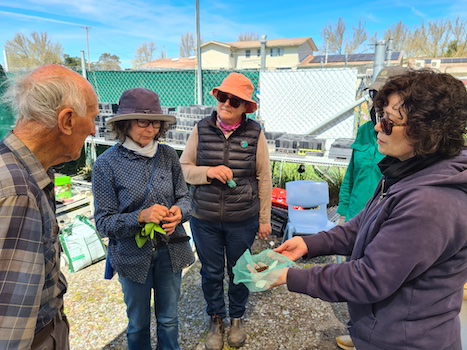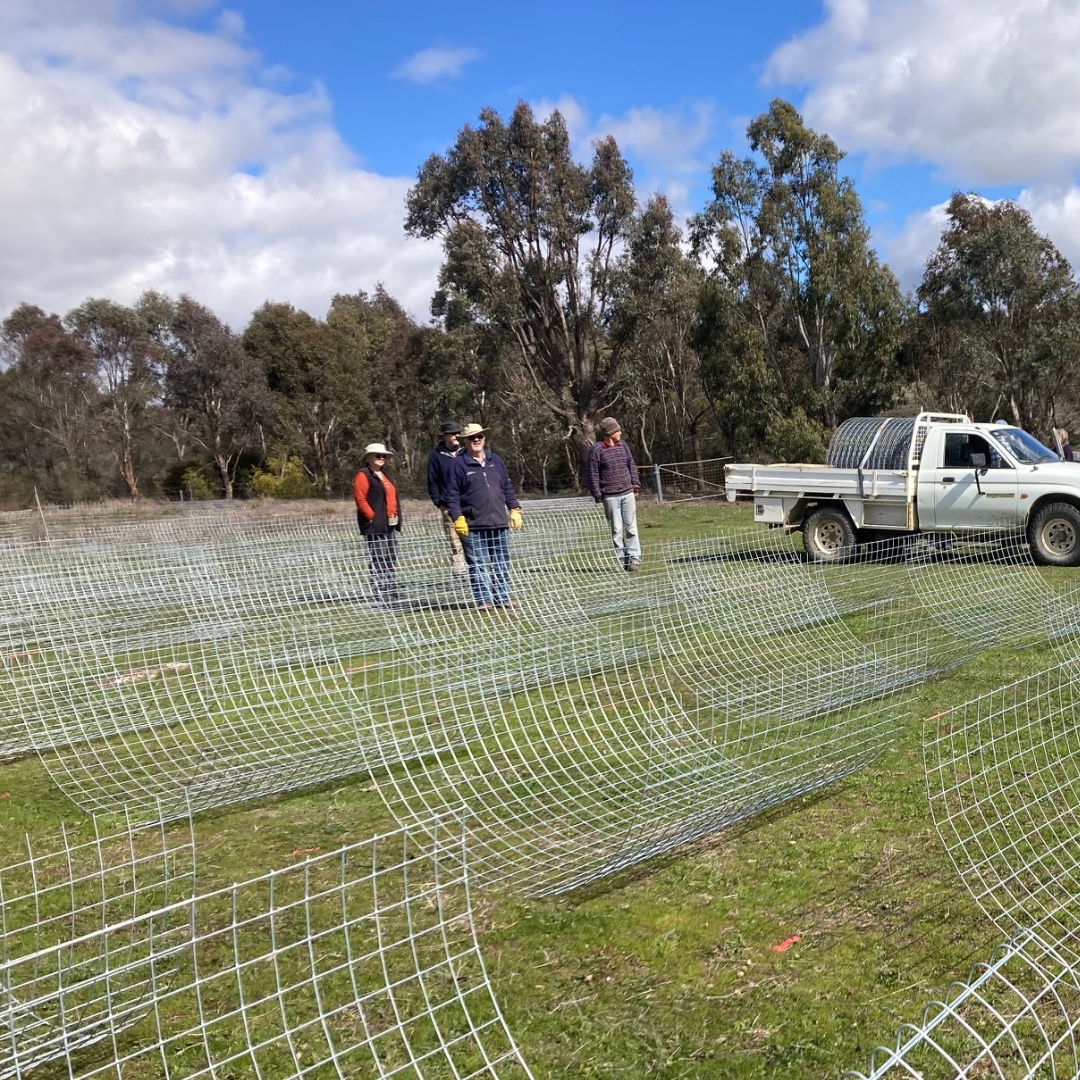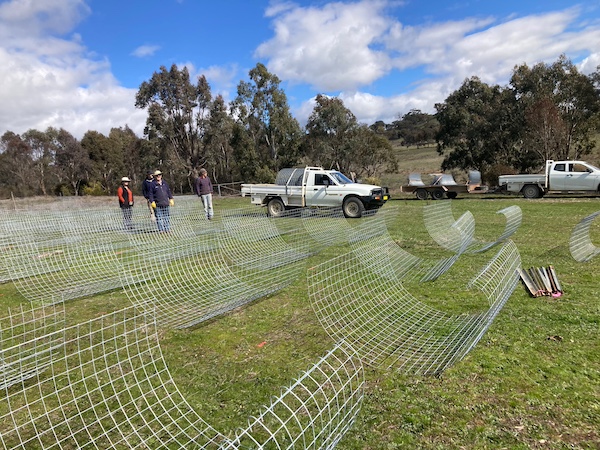Yass Landcare hosted a fun-filled morning with their Children’s Frogwatch Habitat Hunt — a hands-on adventure celebrating our local waterways and the fascinating frogs that call them home.
As the group made their way down the hill, the sound of croaking from the nearby creek sparked excitement among the young explorers, who couldn’t wait to discover what lived beneath the water’s surface. Guided by Anke Maria Hoefer from the ACT Frogwatch Program, children dived into a morning of discovery, learning all about frog life cycles, habitats, and the incredible adaptations that help frogs survive.
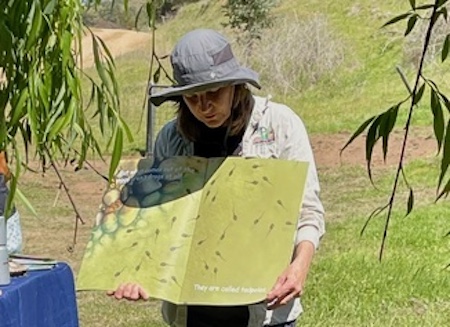
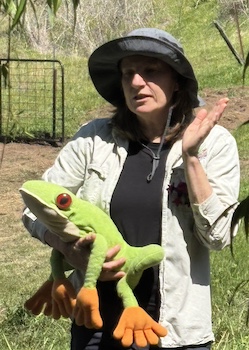
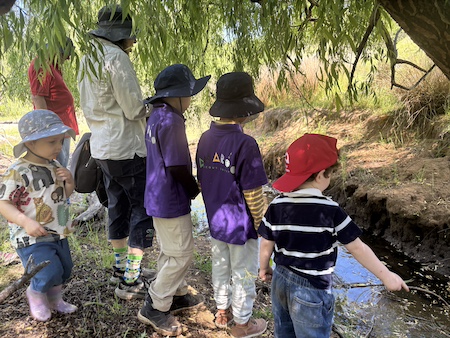
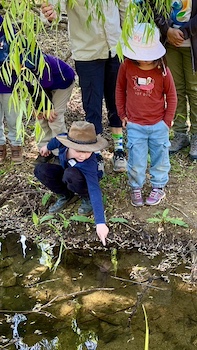
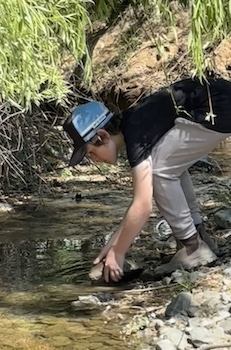
Through games, puzzles, and interactive displays, Anke brought the world of frogs to life. The children discovered that only male frogs croak, while females have spectacular hearing that helps them choose the healthiest mates. They also learned the surprising fact that frogs use their eyeballs to eat, sucking them in to help ‘chew’ their food!

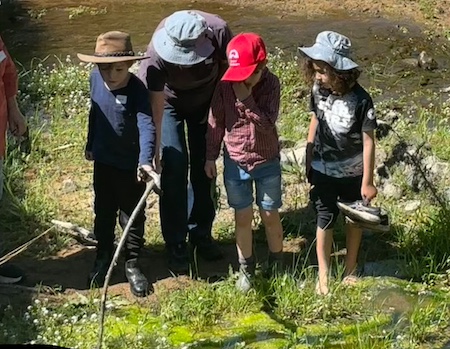
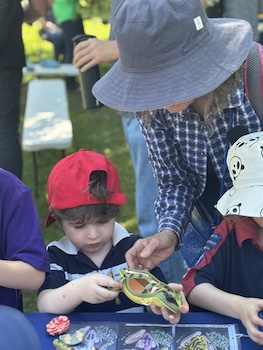
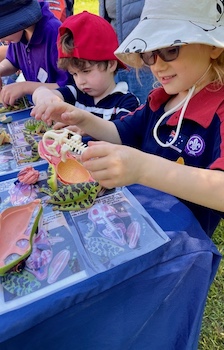
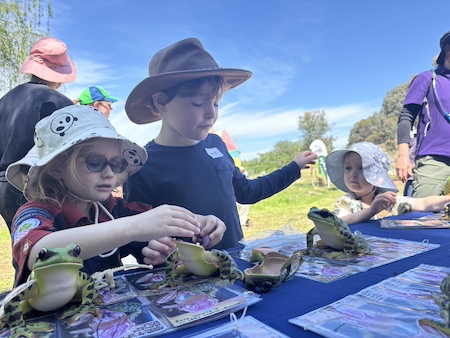
A highlight of the morning was meeting a mock-up of the world’s largest frog, the Goliath frog, weighing around 2.5 kilograms. The children were amazed by its size (and weight!) as they passed it around. They also explored frog anatomy models, discovering short ribs, small lungs, and how frogs breathe through their skin, a reminder that frogs are great indicators of water and environmental health.
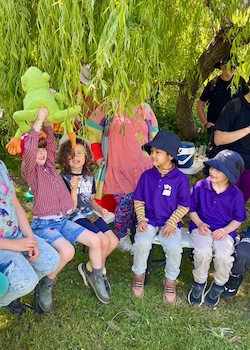
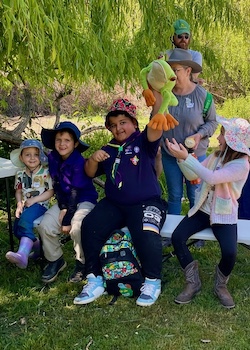
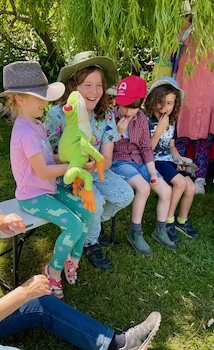
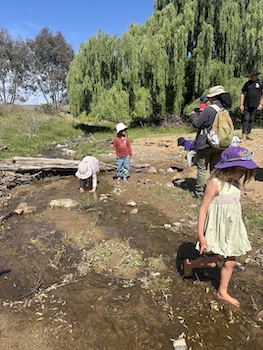
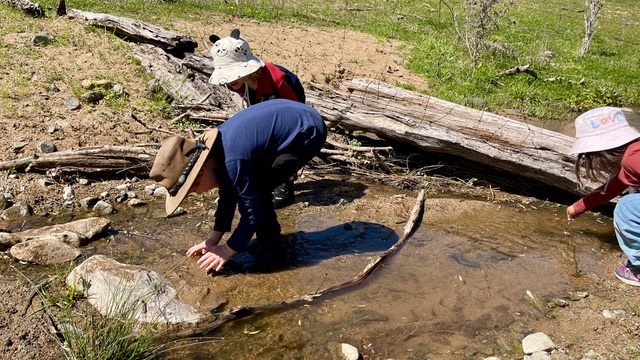

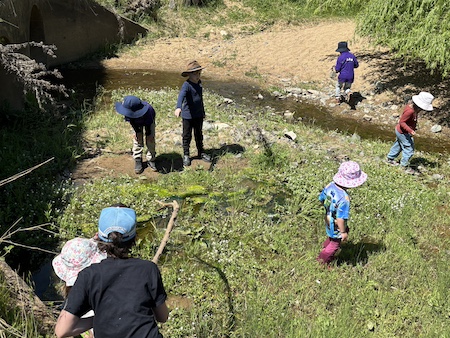
The activities didn’t stop there. The group made frogs “jump” on a giant parachute, hid under floating plants to imagine escaping predators, and pieced together frog puzzles. But the biggest thrill came when they headed down to the creek itself. Shoes and socks were quickly discarded as curious minds and hands turned over rocks, spotted tadpoles, insects, and plant life, and watched the thriving ecosystem up close.
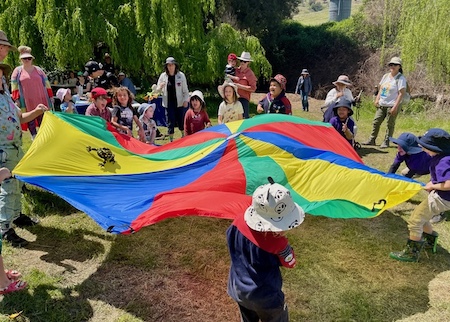
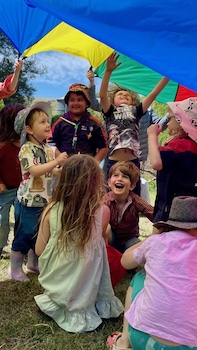
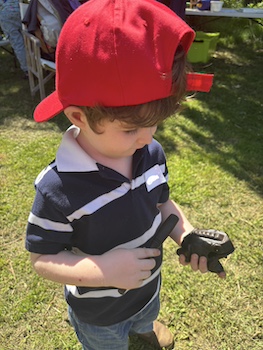
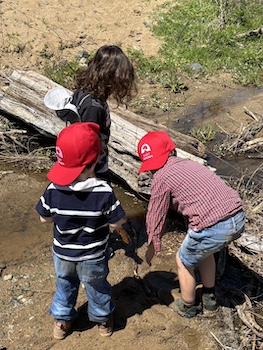
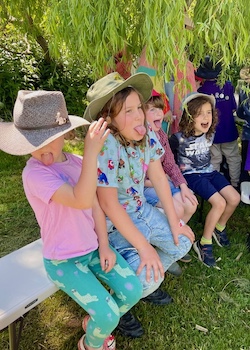
It was a wonderful morning of laughter, learning, and connection to nature — exactly what Landcare is all about.
A big thank you to Anke Maria Hoefer and all the Yass Landcare volunteers who made this engaging event possible.
Written by, Sarah McGrath, YAN Local Coordinator


